An excellent example of what your school can do for your action plan!
Christ the King Girls school is a small primary school in Cabra, Dublin 7. This school have been taking part in the docuseries for RTÉ Jr Radio since last year. They attended the Climate Convention in October 2023 they were given the theme of Waste and the Circular Economy to select projects they would like to work on for their local area. This fit in with nicely with the school’s current Green Flag they are working on: Global Citizenship – Litter and Waste.
The Plan:
Remove single use plastic bottles from the school: the aim was to remove single use plastic water bottles from the school lunches and instead use reusable metal water bottle each day.
The committee took a trip to the Rediscovery Centre to understand more about the Circular Economy. This inspired them to brainstorm ideas as to how they will move away from single use plastics. The committee made plans to get rid of the bottles provided by their school lunch provider. Initially the school tested the idea of a ‘Leave in School’ approach. This would be where students leave their water bottles in school to prevent people forgetting them at home.
Initial Findings:
The committee carried out surveys about the bottles and drying alternatives. After discussion based on the surveys, they realised it was not possible. This was because many of the classrooms were too small to facilitate a drying rack. Staff and students had concerns about the hygiene of bottles especially if different students are using the bottles every day and if they are not being cleaned effectively.
As a result, they decided to move forward with the ‘Bring Home and Bring into School’ approach by giving each girl their own water bottle which they would keep and bring in every day.
In April 2024, each student received their own water bottle. There has been great enthusiasm for this switch away from single use plastic bottles to filling up our reusable water bottles with water from home.
Barriers Faced:
Before Covid, the school had water filters in each classroom, however many of these are now broken. Getting these repaired became difficult as government funding to repair these filters has come to a halt in recent years. This brought about many difficulties to the school’s reusable bottle initiative as only a few bottle filling stations are available around the school.
The committee acted by writing into the Department of Social Protection, of the Environment and Education asking them to reinstate funding for water filter taps in schools. The school await good news from the department.
Tips to maintain your reusable water bottle:
- It is important to empty your water bottle in the evening – use a scrubbing brush and hot water to wash it and leave it to air dry for the morning.
- Having a reusable bottle that can be used for school and a different one for after school activities is a clever way to always remember your bottle for school.
- The committee have crocheted carry-holders for their bottles to make carrying them between classes even easier and more fun!
- If the occasion arises and a student forgets their bottle, having some cups or spare bottles available in class is a good idea. This prevents any need for single use bottles to be in the school.
